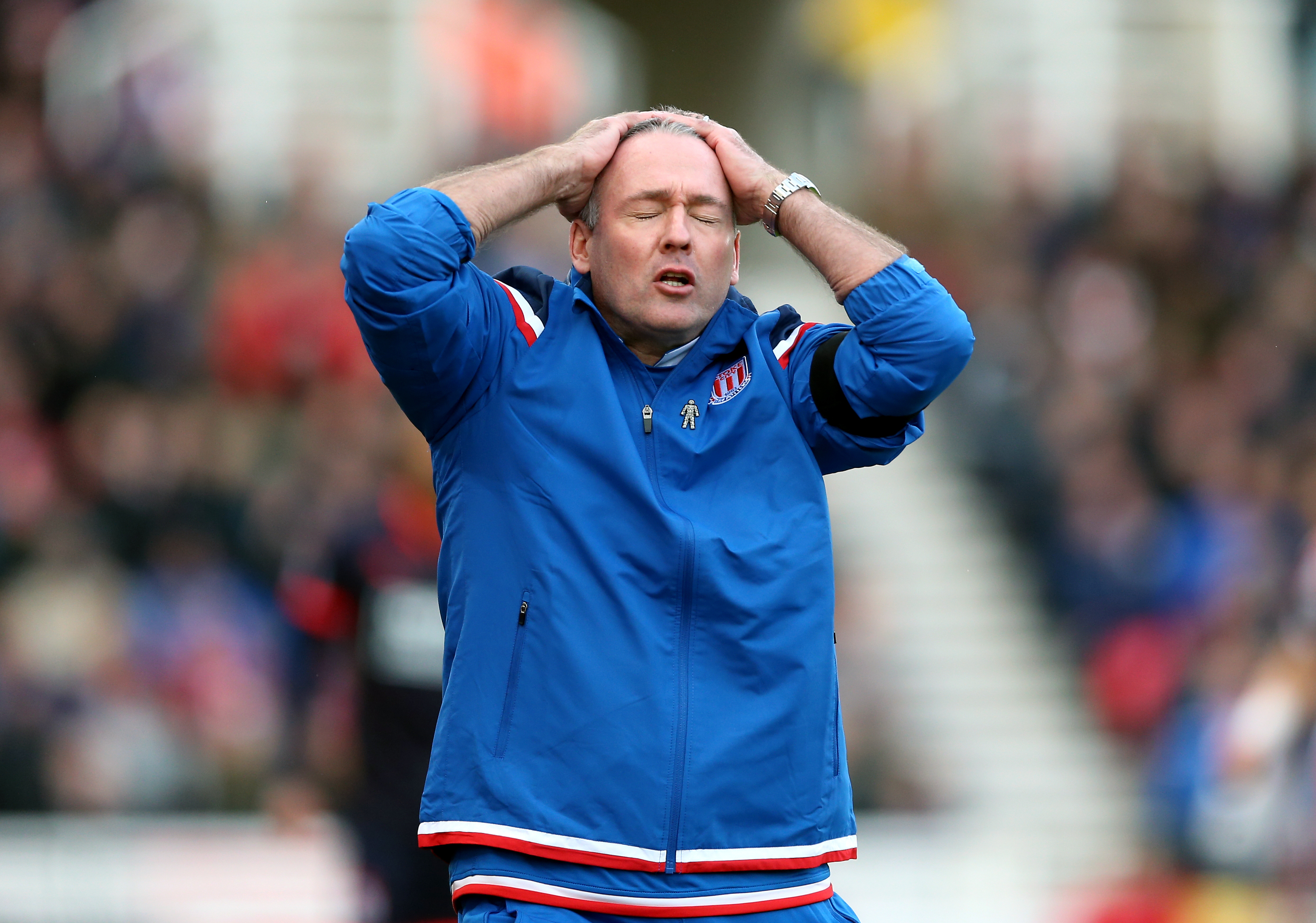
PAUL LAMBERT made an excellent start to his Stoke City managerial career with a 2-0 win against Huddersfield Town.
It was a deserved victory, and the performance from his players was energetic and high-tempo.
But, of course, there is even harder work ahead for Paul in the next three or four months to make sure he can secure the club’s Premier League status.
He has quickly found a position of strength, and during the week news filtered out that he had laid down new rules and regulations for his squad.
They concern time-keeping, new training schedules, banning mobile phones and other things.
Paul has quickly left the players in no doubt that bad attitudes and slackness will not be tolerated.
I’m not passing judgement on the Stoke players, but I think that iron-fist approach may well have been required, and a few home truths had to be told.
Since Mark Hughes was sacked earlier this month, one or two of the City players have stated that they let Hughes down and they should have been giving a lot more, day-to-day, when going about their business.
It’s all well and good saying that now – but it was too late for the previous manager.
If some of the lads haven’t done all they could have, then they should be embarrassed.
It’s not acceptable, of course, but unfortunately it happens in dressing rooms all over the world.
I know Mark was there more than four years, and sometimes players switch off and a fresh voice is required. They simply stop listening.
You can often find that when things aren’t going well at a club, it can be a collective problem.
So the easiest way to change it is to give the manager his P45. It’s always been that way and always will be.
It’s less hassle to sack the boss, and replace one or two members of his backroom team, than it is to get rid of a number of players.
I’m sure Mark Hughes will get back into work because he is a very good manager.
His successor now needs to make sure the players show the same work ethic and desire as they did last week.
Paul has felt it necessary to lay down some rules and make sure everyone at the football club is left in no doubt about his principles and his standards.
Listen, it’s best if you don’t need to do that.
The ideal scenario is that you have a group of players within the squad who can “manage” the dressing room, and make sure that if the manager is quite relaxed and trusts you enough to give you a wee bit of freedom, it is used wisely.
That’s the way it was in my day, but maybe I’m a dinosaur!
However, at the moment, there are too many players who, when given an inch, want to take a mile.
But they are now well aware, in the Stoke City dressing room anyway, that there will be no hiding place.
Paul set high standards as a player at St Mirren, Motherwell, Borussia Dortmund and Celtic.
He won the Champions League with his German club, and also won League titles at Parkhead.
I was at Celtic in 1999-2000 and Paul was first-class as a person and a professional.
He has had an excellent education in the game and also has a very good track record as a manager. The Stoke players can learn from him, that’s for sure.
It’s clear he is doing things his way, and wants to make sure he is being himself and going about the job of keeping Stoke City in the top flight the best way possible.
He has to believe that will be good enough to help them survive.
On a wider scale, I’m also happy to see another Scotsman back working at the highest level in England.
It was only seven or eight years ago we had seven Scots managing in the English Premiership. At the start of this campaign, we had none.
Now we have Paul back in, and we also have David Moyes at West Ham. Both are established guys in the game and know what’s required.
They have both been given the same remit, and that is to make sure their respective clubs don’t get relegated.
At the moment I’d say there are 11 clubs who are still in the danger zone.
Eventually, with six or seven games to go, that may well be down to six or seven clubs. You then take your pick as to the three clubs who will go down.
I’m not going to say that it’s a formality that Stoke and West Ham will stay up. There is far too much hard work ahead to take anything for granted.
For a start, there are still a few days left of the transfer window and you need to see how your squad sits come Thursday morning.
You also need luck with injuries and suspensions, and hope that you get the bounce of the ball once or twice on a Saturday.
But I believe Paul and David will pull it off, and wish them both the best of luck.

Enjoy the convenience of having The Sunday Post delivered as a digital ePaper straight to your smartphone, tablet or computer.
Subscribe for only £5.49 a month and enjoy all the benefits of the printed paper as a digital replica.
Subscribe